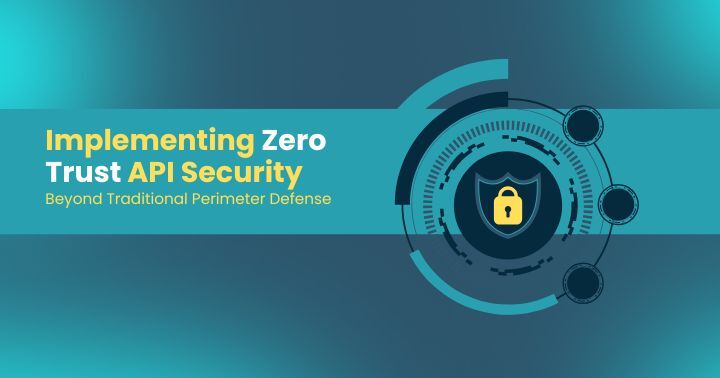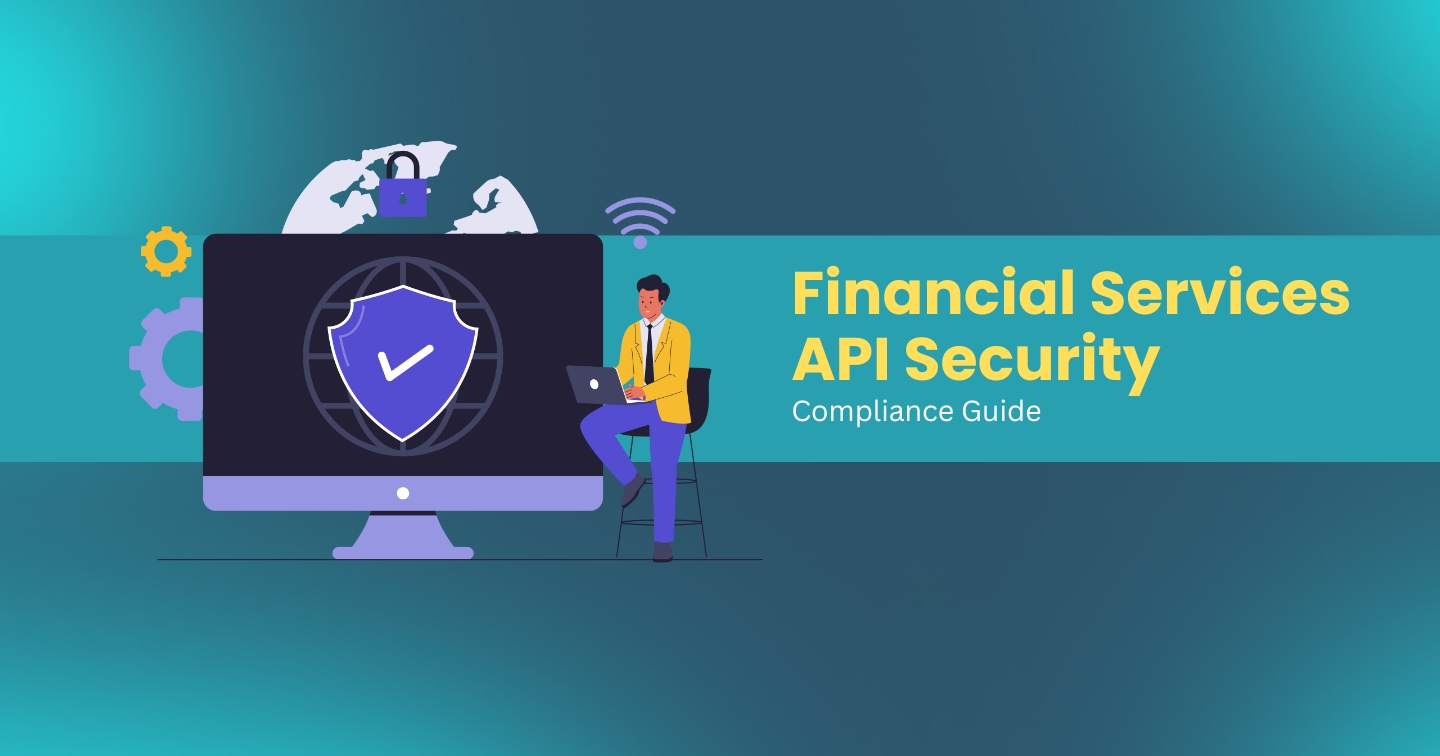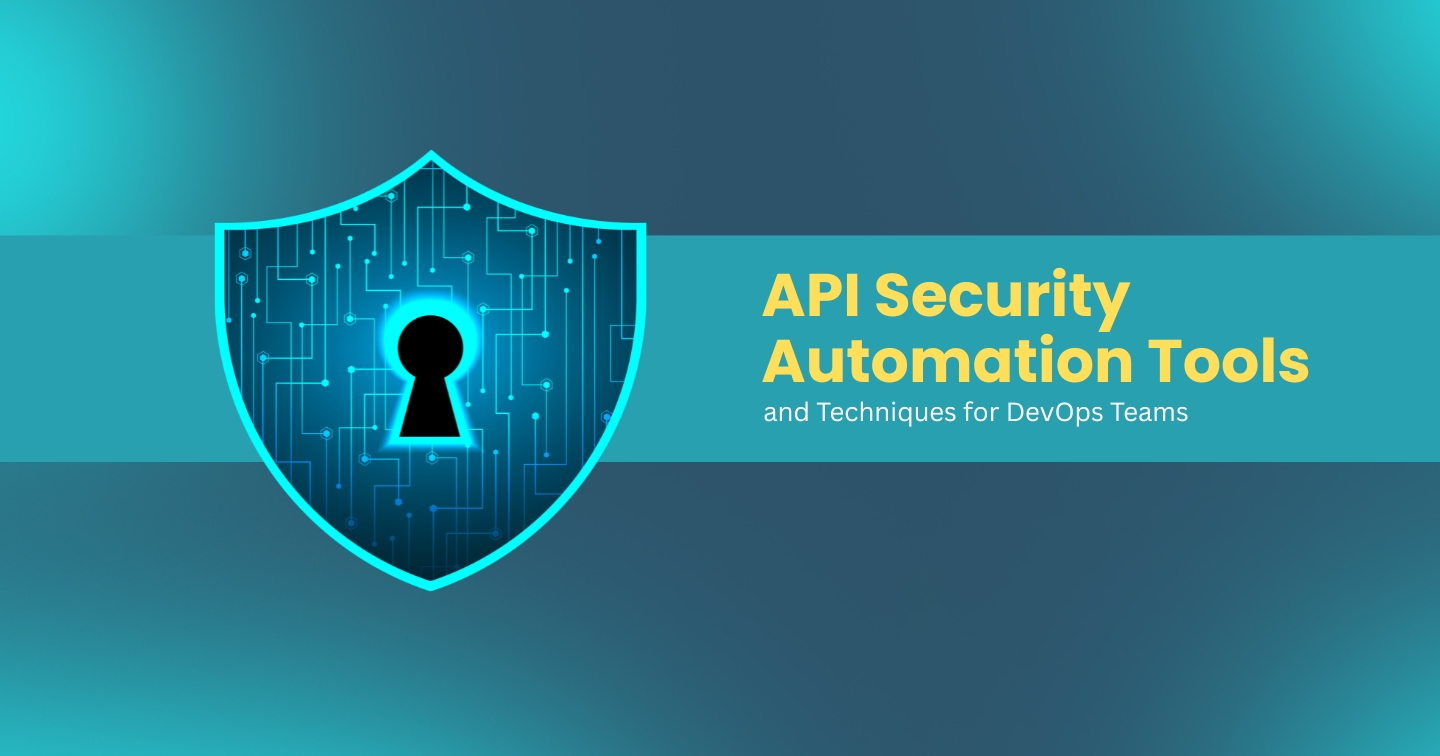Implementing Zero Trust API Security: Beyond Traditional Perimeter Defense
APIs are the connective threads of today’s online world, powering everything from mobile apps to enterprise integrations. But as they’ve become more interconnected, they’ve also become more vulnerable. Protecting APIs is no longer about guarding the perimeter, it’s about safeguarding every single interaction.
Zero Trust API Security embraces the mindset of “never trust, always verify,” assuming every user, system, and request could be a potential threat until verified. Instead of relying on firewalls or static defenses, it weaves authentication testing API measures into every layer of communication. A next-generation API Security Platform like APIsec.ai built on Zero Trust principles constantly validates identity, context, and behavior, keeping data secure even when attackers make it past traditional boundaries.
Key Principles of Zero Trust API Security
- Continuous Authentication and Authorization
Traditional static credentials are no longer enough. A Zero Trust API Architecture uses continuous authentication, verifying user and system identity throughout the session, and real-time authorization checks based on behavior and context.
- Least Privilege Access
In a Zero Trust model, entities only receive access to what’s strictly necessary. Implementing least privilege access within APIs limits exposure by granting users minimal permissions. A comprehensive API Security Platform can automate this process using adaptive access policies that evolve with user behavior.
- Micro-Segmentation and API Boundaries
Micro-segmentation divides APIs into isolated zones, preventing lateral movement by attackers. Each segment enforces its own security policies and authentication rules. By creating clear API boundaries, organizations strengthen resilience against cross-service attacks and unauthorized data sharing.
Why Traditional API Security Models Fall Short
Even though traditional API security testing tools play a vital role, they often rely heavily on perimeter-based defenses. In the era of cloud-native systems and distributed microservices, this model leaves too many blind spots.
Overreliance on Perimeter Security
Legacy network security models assume that everything inside the corporate firewall is trustworthy. But APIs frequently extend beyond that boundary, connecting to third-party platforms, partners, and mobile applications. Without Zero Trust validation, these connections become potential backdoors for attackers.
Insufficient Monitoring and Response Mechanisms
Static data security tools can’t keep pace with today’s adaptive cyber threats. Attackers use AI to craft dynamic payloads and exploit logic flaws. Zero Trust replaces one-time validation with continuous analytics and adaptive responses that evolve with the threat landscape.
Lack of Context-Aware Access Control
Traditional access controls operate on static rules. Zero Trust introduces dynamic, context-aware controls that factor in user identity, device health, and behavioral anomalies. This ensures that every access decision is grounded in real-time data, not outdated assumptions.
The Core Components of a Zero Trust API Security Framework
Real-Time Monitoring and Analytics
Modern endpoint detection and response (EDR) capabilities are the backbone of any Zero Trust model. APIs must be continuously monitored for anomalies, unusual access patterns, traffic surges, or failed authentication attempts. APIsec.ai, a robust API Security Platform, provides centralized visibility, helping teams detect and mitigate suspicious activity before it escalates.
End-to-End Encryption and Data Integrity
Zero Trust enforces data privacy through encryption both in transit and at rest. Every data packet exchanged between APIs is encrypted, ensuring that even if intercepted, it remains unreadable. Integrity checks guarantee that no data is modified or tampered with during transmission.
Default Deny and Explicit Access Approval
A Zero Trust API environment operates on a default deny model. Every request must explicitly prove its legitimacy before being granted access. Enforcing security policies that require explicit verification reduces the risk of unauthorized data exposure and helps organizations maintain strict regulatory compliance.
Moving Beyond Traditional Security: The Zero Trust Approach
Continuous Identity, Posture, and Behavior Evaluation
Zero Trust is an evolution of cyber security, where trust is earned continuously. Through advanced identity management systems, each request is evaluated based on user identity, device posture, and behavioral consistency. This approach minimizes risk, even if credentials are compromised.
API-to-API Trust Requires Its Identity Fabric
In interconnected ecosystems, APIs communicate directly with each other, often without human oversight. Implementing API access control and enforcing machine identity verification ensures that APIs only communicate within trusted fabrics. Zero Trust API Architecture treats every API as both a potential client and server, demanding validation for each connection.
Implementation Strategies for Zero Trust API Security
Establishing a Zero Trust Culture
Implementing Zero Trust principles manually can be complex, especially in fast-moving development environments. APIsec.ai simplifies this by continuously testing every endpoint for misconfigurations, broken authentication, and logic flaws, aligning perfectly with the Zero Trust principle of “never trust, always verify.” By embedding automated authentication testing and real-time validation into CI/CD pipelines, APIsec.ai ensures that every API call is verified before it reaches production.
Zero Trust with Existing Security Frameworks
Zero Trust doesn’t replace existing systems; it enhances them. Integrating with your security app, identity provider, and monitoring tools ensures that Zero Trust principles extend across your environment. Unified visibility helps correlate API-level insights with broader infrastructure events for comprehensive protection.
Platforms like APIsec.ai make this integration seamless, embedding Zero Trust authentication, adaptive authorization, and real-time monitoring into your existing security ecosystem without disrupting operations.
Conclusion: Embracing a Zero Trust Future
As cyber threats grow more sophisticated, organizations can no longer rely on static defenses or perimeter-based protection. Zero Trust API Security represents the future of secure connectivity, one that evolves with the threat environment.
By combining Zero Trust API Architecture, continuous monitoring, and adaptive authentication, businesses can protect their data, users, and systems from emerging security breaches. Partnering with a trusted API Security Platform like APIsec.ai ensures that every transaction, connection, and data exchange is verified, secured, and compliant. So sign up and try APIsec.ai for free today!
Key Takeaways
- Zero Trust API Security eliminates implicit trust by validating every connection.
- Traditional perimeter defenses are ineffective for distributed API ecosystems.
- A strong API Security Platform enables continuous authentication and adaptive policies.
- Zero Trust API Architecture ensures end-to-end encryption and least privilege access.
- Real-time monitoring and analytics are critical to detecting emerging threats.
- Continuous authentication testing API practices maintain compliance and resilience.
FAQs
1. What is Zero Trust API Security?
Zero Trust API Security is a framework that ensures every API request is authenticated, authorized, and continuously verified. It treats all connections, internal or external, as untrusted until validated.
2. How does Zero Trust differ from traditional security models?
Traditional security models rely on perimeter defense. Zero Trust eliminates implicit trust, focusing instead on identity verification, real-time risk evaluation, and continuous monitoring.
3. What are the key components of Zero Trust API Security?
Key components include continuous authentication, least privilege access, end-to-end encryption, micro-segmentation, and dynamic access policies managed through an API Security Platform.
4. Why is continuous monitoring important in Zero Trust?
Continuous monitoring provides real-time insights into behavior anomalies and potential intrusions. It enables faster detection and response, reducing the impact of evolving cyber threats.
5. How can organizations implement Zero Trust API Security effectively?
Start with cultural alignment and privileged access management training, then deploy a scalable API Security Platform that integrates identity management, analytics, and policy enforcement across your infrastructure.
.webp)

.webp)

